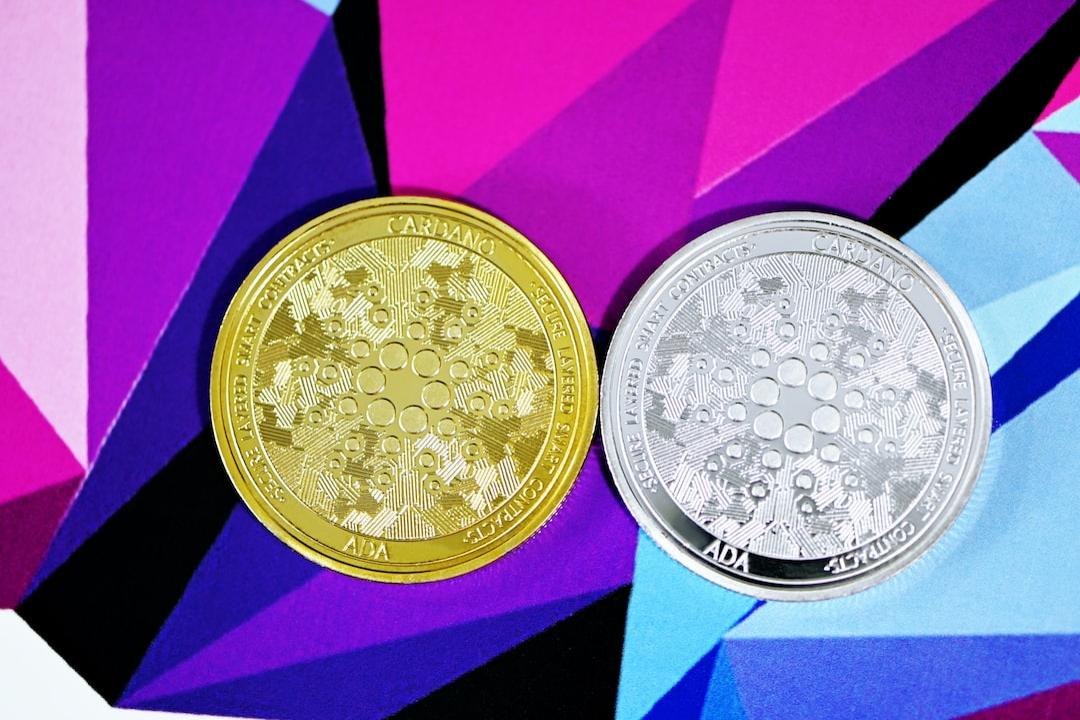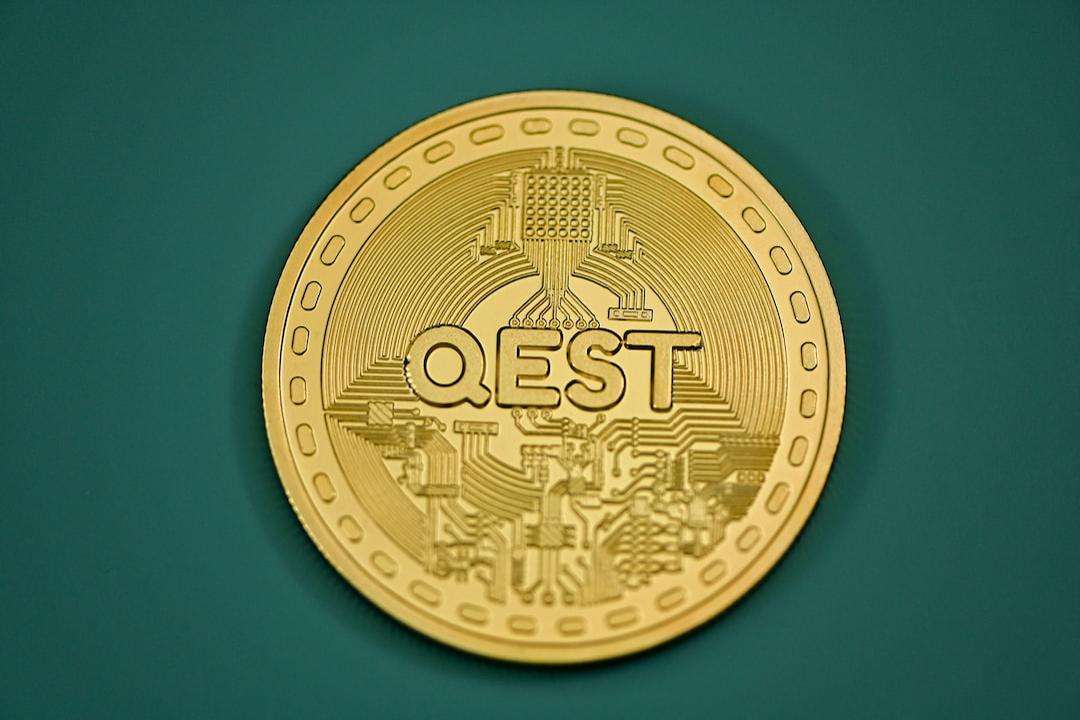Gold may be losing its luster in the eyes of investors, as significant outflows are expected for gold exchange-traded funds (ETFs) in 2024, while newly-listed Bitcoin spot ETFs continue to see inflows. So, where will the funds flow in 2024? Is BTC truly digital gold or a risky asset?
According to Bloomberg ETF analyst Eric Balchunas in an article published on February 14th, gold ETFs saw a total outflow of $3.16 billion in 2024. Among the 14 gold ETFs, only 3 experienced net inflows, with the largest one, GLD (SPDR Gold Shares), seeing outflows of up to $2.4 billion.
On the other hand, Bitcoin spot ETFs have seen 14 consecutive days of net inflows. Does this mean that the outflows from gold have all flowed into Bitcoin spot ETFs?
(BTC ETF sees 14 consecutive days of net inflows, BlackRock and Bitwise assets follow closely behind GBTC)
Balchunas previously released a ranking of the top ETFs with the highest inflows this year on February 13th. Among them, BlackRock’s Bitcoin spot ETF, IBIT, ranked fourth, with a total inflow of $4.7 billion as of February 13th. The top three were as follows:
– IVV (iShares Core S&P 500 ETF): representing the US S&P 500 index, with a total inflow of $13 billion this year-to-date.
– VOO (Vanguard S&P 500 ETF): representing the US S&P 500 index, with a total inflow of $12.7 billion this year-to-date.
– QQQ (Invesco Nasdaq 100 ETF): representing the Nasdaq 100 index, with a total inflow of $5.6 billion this year-to-date.
Therefore, besides Bitcoin spot ETFs, a considerable portion of the $3.16 billion outflows from gold ETFs likely flowed into US stock market-related ETFs.


We also compared the performance of various ETFs year-to-date. The top three ETFs representing US large-cap stocks all had gains of over 6%, with IBIT at 5.65%. On the other hand, gold has had negative returns, falling 3.02% year-to-date.
Using IBIT’s return rate for comparison may be somewhat distorted since IBIT was only listed on January 11th. If we compare Bitcoin’s year-to-date return rate of 23.7%, it becomes clear that Bitcoin is the most outstanding risky asset this year.
Therefore, whether Bitcoin is an inflation hedge or a high-risk, high-return asset seems self-evident.
ETF
GLD
IBIT
Bitcoin
Gold


Further reading:
BTC ETF sees 14 consecutive days of net inflows, BlackRock and Bitwise assets follow closely behind GBTC
CME open interest returns to January peak, Bitcoin rises to $52K, market cap reaches $1 trillion.

